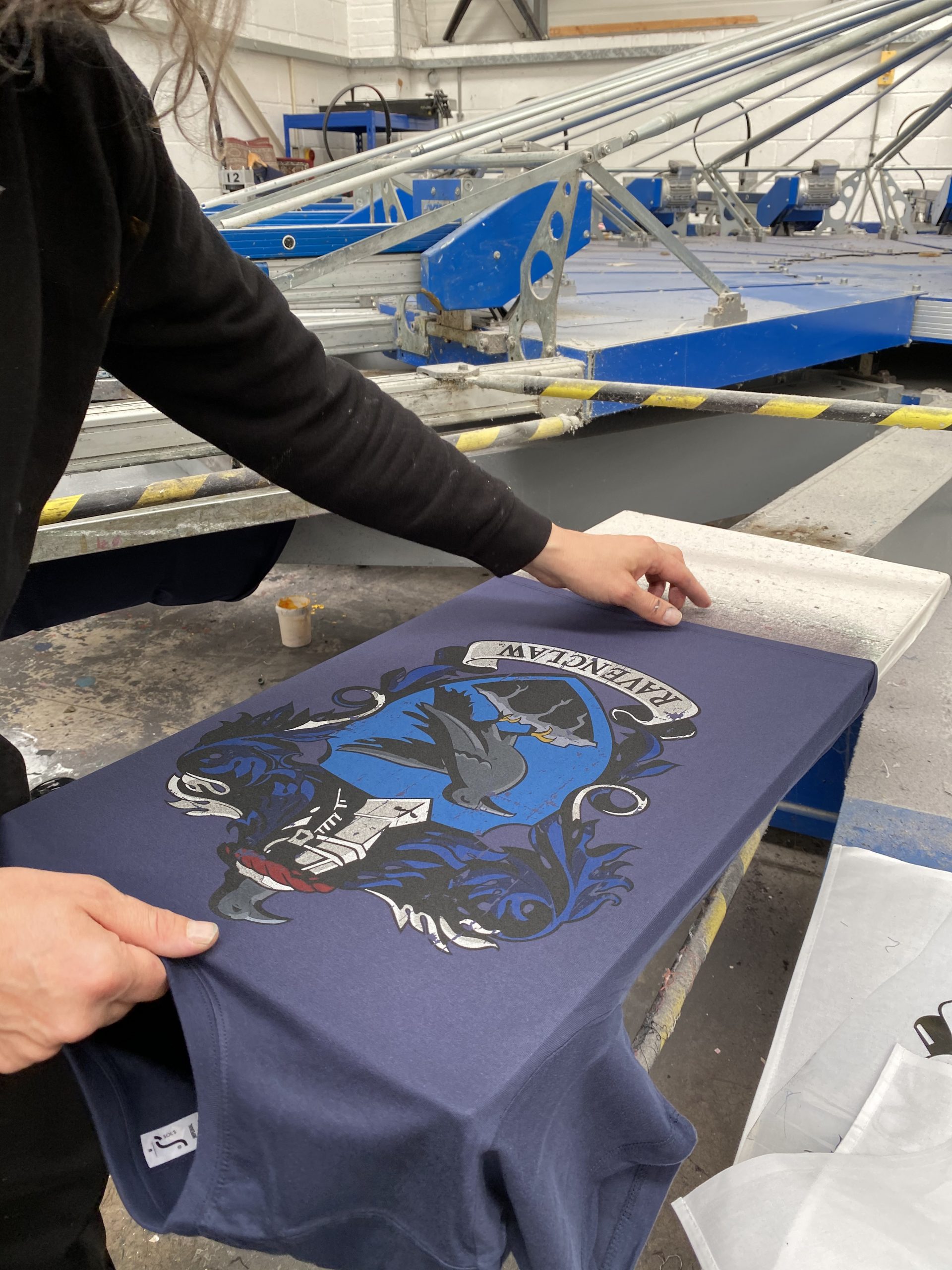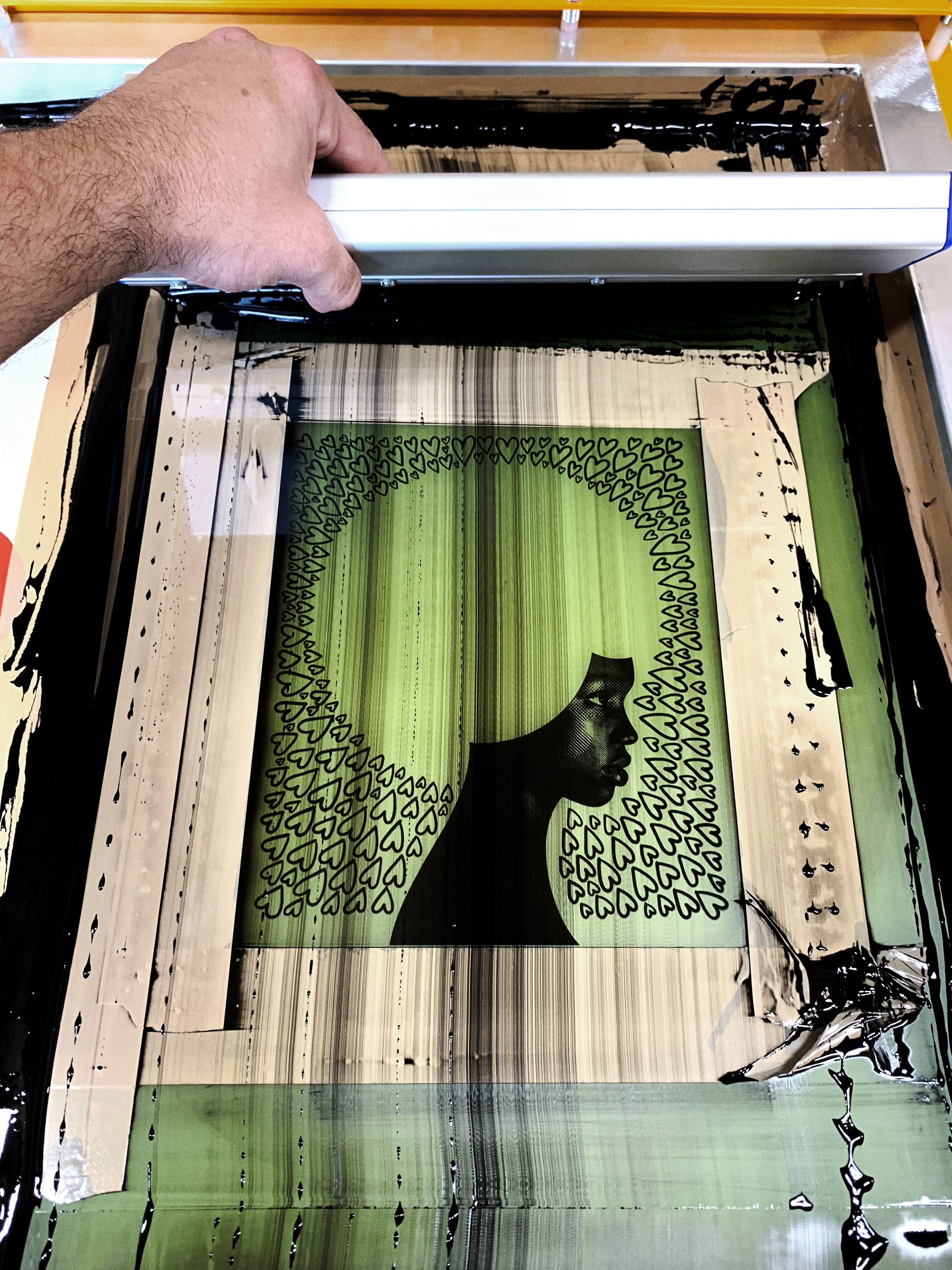ChatGPT said: How 10:9 Design Screen Printing can elevate your team spirit
The Important Guide to Recognizing Screen Printing and Its Versatile Utilizes
Screen printing has an abundant history that dates back to old times, progressing into a sophisticated strategy utilized across different industries today. This overview checks out the intricacies of the screen printing procedure, describing its applications in style, advertising and marketing, and home decoration - 10:9 Design Screen Printing Texas. Understanding these fundamentals can open imaginative possibility for both artistic and industrial jobs. The following areas will disclose vital ideas and techniques to improve one's screen printing ventures
The Background of Screen Printing
Although screen printing has origins that map back centuries, its development reflects the artistic and technological innovations of different cultures. Coming from in old China, the technique was initially utilized for embellishing fabrics and later infect Japan, where it came to be indispensable to Ukiyo-e woodblock printing. The method moved to Europe in the 18th century, where it got popularity among craftsmens and industrial printers. The invention of photo emulsion in the 20th century transformed screen printing, permitting even more intricate designs and higher efficiency. Artists like Andy Warhol further pushed its appeal, making use of the tool to develop famous jobs that blended commercialism and fine art. By the late 20th century, screen printing had developed itself as a functional technique, utilized in fashion, marketing, and art. Today, it remains to develop, incorporating digital modern technology and increasing its applications across numerous markets.
The Screen Printing Refine Explained
Screen printing changes imaginative visions into tangible styles via a collection of exact actions. At first, a photo is produced and after that moved onto a screen, typically made of fine mesh textile stretched over a frame. A light-sensitive solution is related to the screen, which is revealed to light, hardening in locations not covered by the image. After rinsing the unhardened emulsion, a stencil is created.
Next, the screen is placed over the substrate, whether it be fabric, paper, or another material. Ink is after that pushed via the open locations of the stencil using a squeegee, transferring the style onto the substratum listed below. This procedure can be duplicated for numerous colors, needing different screens for every hue. The printed item is healed using warmth to assure the ink sticks correctly, resulting in a sturdy, dynamic design prepared for use.
Types of Screen Printing Techniques

Furthermore, specialized strategies, such as discharge screen printing, get rid of color from the textile to develop softer prints, while aluminum foil screen printing applies metallic foil to attain a glossy surface (10:9 Design near me). Each strategy supplies distinctive features, accommodating numerous innovative Get More Info requirements and production scales, ultimately broadening the opportunities within the screen printing domain name
Applications of Screen Printing in Various Industries

Furthermore, the signs and advertising and marketing sectors use screen printing for producing appealing display screens and banners. This approach allows for bold shades and complex layouts that catch attention. In electronic devices, screen printing is employed for applying conductive inks to circuit card, necessary for component links. The home design sector accepts screen printing to generate distinct designs on fabrics and wall surface art. Generally, screen printing acts as a crucial device across diverse fields, enhancing items with individualized and visually attractive graphics.
Tips for Successful Screen Printing Projects
While undertaking a screen printing job, careful attention to information can substantially boost the final end result. Initially, picking top quality products is necessary; this includes the screen, inks, and substrates. Using proper mesh matters can affect ink deposition and information resolution. Preparation is just as essential; complete cleaning of displays and appropriate exposure times ensure crisp prints.
Next off, precise enrollment is essential for multi-color prints. Using positioning devices can help achieve precise layering. In addition, screening prints on scrap products before web link production helps identify prospective problems without wasting resources.

Frequently Asked Questions
What Materials Are Finest for Screen Printing on Material?
Cotton and polyester blends are excellent for screen printing on material as a result of their durability and ink absorption. Additionally, specialty textiles like silk or canvas can produce distinct structures and surfaces, improving the general design quality.
Just how Do I Tidy and Maintain Screen Printing Equipment?
To keep and clean screen printing tools, one must frequently wash displays with proper solvents, check mops for wear, lube moving parts, and store all things in a dry, dust-free environment to lengthen their lifespan.
What Are the Environmental Effects of Screen Printing?
Screen printing can have considerable ecological effects, including chemical waste from solvents and inks, water usage read here during cleansing procedures, and power usage. Eco-friendly products and lasting practices are essential for reducing these unfavorable results.
Can Screen Printing Be Done in your home Effectively?
Screen printing can be efficiently done at home with the best materials and techniques. Hobbyists can produce top quality prints, though success depends upon their skill degree, tools, and understanding of the procedure entailed.
What Are the Expenses Associated With Beginning a Display Printing Business?

Beginning a screen printing company includes prices for devices, materials, and workspace. First expenses typically range from a few hundred to a number of thousand dollars, relying on the scale, top quality of equipment, and preferred production capacity.
Screen printing has an abundant history that dates back to ancient times, advancing into an innovative method used throughout different industries today. One more technique, rotating screen printing, employs cylindrical screens, promoting constant printing on material rolls, thereby improving performance for large manufacturings. Furthermore, specialized strategies, such as discharge screen printing, remove color from the fabric to develop softer prints, while aluminum foil screen printing applies metal aluminum foil to attain a glossy coating. In the fashion sector, screen printing is commonly utilized to create vivid styles on clothing, enabling brands to display their distinct styles. Cotton and polyester blends are suitable for screen printing on fabric due to their resilience and ink absorption.